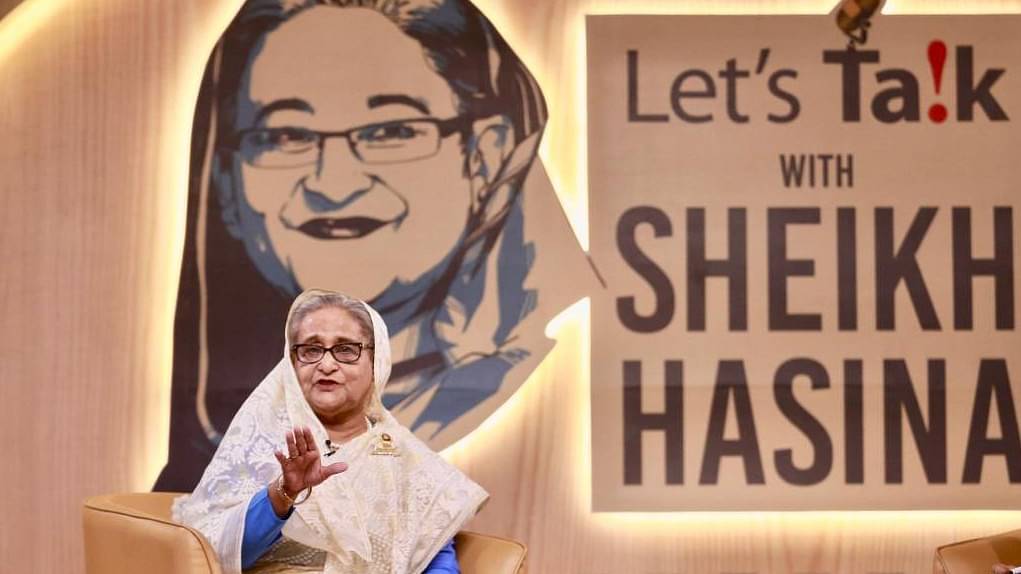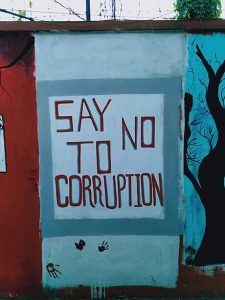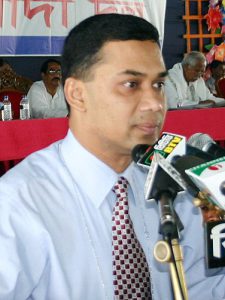The development narrative presented during the tenure of the former Awami League government was praised not only in Bangladesh but also internationally. However, the White Paper Committee on Bangladesh’s economic situation believes that, in reality, Sheikh Hasina’s government established a “kleptocracy”, engaging in corruption through various methods to launder money from the country. Using the development narrative as a cover, the committee has identified at least 28 different ways corruption was committed.
The final report of the White Paper Committee states that over one and a half decades, Bangladesh saw the establishment of a “kleptocracy” through unlimited corruption, misuse of state resources, and abuse of discretionary power. As a result, $234 billion (28 trillion BDT) was laundered from the country. On average, $16 billion was smuggled out annually.
The White Paper Committee, led by economist Debapriya Bhattacharya, believes the scale of corruption was extensive and deeply rooted. Their final report was submitted yesterday (Sunday) to Dr. Muhammad Yunus, the Chief Advisor of the Interim Government. The committee primarily found that corruption was most rampant in the management of state resources.
The final report of the White Paper Committee lists the methods of corruption that took place under the Awami League government in Bangladesh. These methods include—
1. Loan Scams in the Banking Sector:
The committee highlights the widespread fraudulent bank loans, along with the embezzlement of loan funds.
2. Bank Takeovers:
During the one and a half decades of Awami League’s rule, banks were forcibly acquired or seized. The committee states that state agencies were used to facilitate these takeovers.
3. Illegal Money Laundering:
The illicit money acquired through corruption was smuggled abroad in massive amounts.
4. Politically Motivated Unprofitable Projects:
Resources were wasted on projects that were not economically viable, often left unfinished, contributing to inflation due to excessive spending.

5. Artificially Inflating Project Costs:
Project expenses were deliberately increased to enable theft of funds.
6. Increasing Expenses After Project Approval:
After getting approval for development projects, artificial cost hikes were made to embezzle more funds.
7. Non-Competitive Tendering Process:
Government procurement processes were manipulated to benefit cronies and privileged individuals, while qualified suppliers were excluded.
8. Unnecessary and Poorly Planned Projects:
Weak feasibility studies led to wasteful projects that were delayed and saw cost overruns.
9. Nepotism in Recruitment:
Appointments of project managers and directors were based on political connections rather than merit.
10. Illegal Land and Asset Grabbing: 
Land and properties were seized illegally for personal or political gain.
11. Misuse of Land Acquisition Funds:
Landowners without political connections were forced into unfair deals, and land acquisition funds were misused.
12. Overpricing Government Contracts:
Contracts given to politically linked contractors were overpriced and awarded without competitive bidding.
13. Misuse of Project Resources:
Vehicles, travel budgets, and other resources of projects were exploited for personal and political benefits.
14. Bribery as a Standard Practice:
Bribery became a routine requirement to speed up processes or gain special advantages.
15. Misallocation of State Funds:
Funds intended for development were redirected for political or personal purposes.
16. Tax Evasion for the Elite:
Tax policies were designed to unfairly favor the powerful and wealthy.
17. Supply Chain Manipulation:
The supply system was rigged to unjustly increase product prices and create market inefficiencies.
18. Insider Trading of Policy Information:
Sensitive government policy decisions were leaked to selected groups for financial gain.
19. Collusion Between Officials and Businesses:
Government officials and private individuals collaborated for mutual corruption benefits.
20. Extortion-Based Corruption:
Bribes and illegal transactions were often coerced from businesses and individuals.
21. Monopoly-Based Corruption:
Market conditions were manipulated to benefit specific individuals or companies.
22. Early Information Leaks for Profit:
Privileged access to critical information allowed special groups to gain unfair advantages.
23. Concealing Information from Stakeholders:
Key information was withheld from relevant parties, causing deliberate misinformation.
24. Corruption Through Deliberate Inaction:
Intentional delays were created in processes to extract bribes.
25. Bribery for Promotions and Job Appointments:
Bribes and political connections were used to secure promotions and important positions.
26. Kickbacks in Government Approvals:
Senior officials demanded a cut in commission-based approvals.
27. Political Favoritism:
State resources were used for political loyalty and benefits.
28. Laws Designed for Corrupt Gains:
Laws and policies were structured to favor vested interest groups.
Most Affected Sectors Due to Corruption
The White Paper Committee found that corruption caused the greatest financial losses in the banking sector, followed by:
Infrastructure Developmentn Eergy and Power Sector

Information and Communication Technology (ICT)
These findings reveal the deep-rooted corruption mechanisms used to exploit national resources, severely affecting Bangladesh’s economic stability over one and a half decades.


